What are your thoughts?


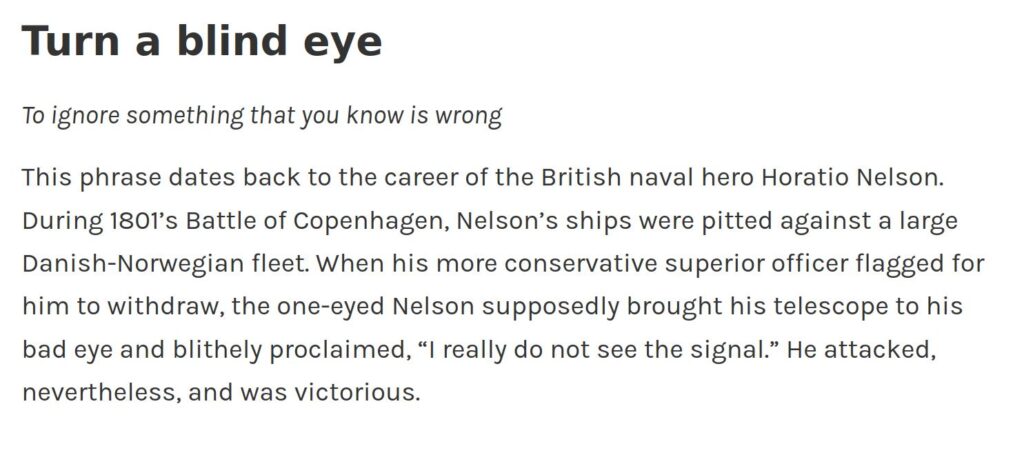
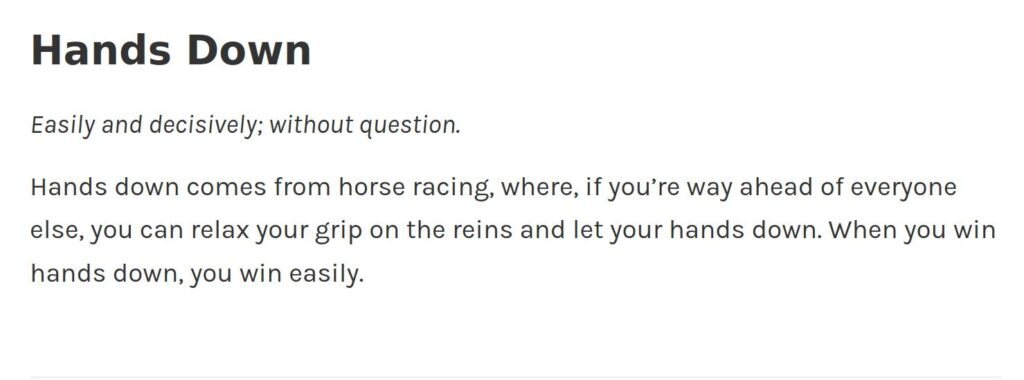
And now you know.
Have a great day. Today’s postings…
Strictly Ballroom [1992] – Love Is In The Air (1977)
One of the best Australian movies ever made.
Something worse than anything seen even amidst the dark years of the Cold War has awoken, Matthew Ehret writes.
It feels like today’s world is spinning quickly out of control.
Fear of nuclear confrontation between Russia and NATO has increased to a fever pitch and something worse than anything seen even amidst the dark years of the Cold War has awoken.
A strange form of insanity has swept across the collective west as the US Congress infuses billions of dollars of more lethal aid to a regime in Kiev which a smiling Senator Lindsey Graham has said Kiev “will fight Russia to the last Ukrainian”.
This is the same American Congress which unabashedly fuels Nazi-infested military units in Ukraine, and ISIS-affiliated groups in Syria and Iraq who additionally chose to declare Russia a “state sponsor of terrorism” with the senate voting unanimously to this effect on July 27, and the House of Representatives following close behind with a resolution that has vast bipartisan support of both parties.
Meanwhile in Brussels, and across the Five Eyes, pressure mounts to ban Russia’s president from the G20, while a glorification of Nazi “heroes” accelerates across the many nations of the former Soviet Union including Latvia, Estonia, Lithuania etc… all of whom having been absorbed into NATO during the past two decades.
Talk of nuclear Armageddon has become commonplace, and it appears that no effort to heal the divide between east and west is considered by any of the neo-liberal politicians occupying positions of authority
What is going on? Has the world gone insane?
Why have leading figures of the “free and democratic” west become so blind to even their own strategic interests to the point that they would voluntarily risk spreading thermonuclear fire across the globe rather than end the policy of “global NATO” and international unipolarism?
This man-made crisis- like all man made crises, has solutions.
But these solutions require that both sides Russian and American alike, properly identify the nature of those agencies pushing the world to the brink of extermination.
For it is only by doing this, that we may properly appreciate the potential of restoring the USA itself back to its constitutional traditions while at the same time establishing a basis of a genuine new security architecture so desperately needed if the world will survive the remaining decades of the 21st century.
Understanding the pathway needed to navigating through the current storm requires revisiting a bit of recent history starting with the collapse of the soviet union and the three pregnant moments which nearly saw humanity embrace a new epoch of win-win cooperation driven by a US-Russian strategic alliance.
1988-1992: The first attempt at an age of multipolar cooperation is subverted
By 1988, it was becoming increasingly clear that the system of mutually assured destruction was coming to an end.
The rigid economic systems of the Soviet bloc had been incapable of introducing the needed technological innovations to the general civilian economy which would have been needed to avoid a general breakdown.
Everyone knows of the dark days of Perestroika and the western-directed looting of the 1990s…
but few are aware of the ripe potential for a new age of cooperation and abundance driven by forces within the American intelligentsia and their Russian counterparts who saw in this crisis, an opportunity to turn swords into plowshares.
These figures sought to build a new architecture based on mutual development, trust building measures and scientific progress.
Backchannel discussions had been arranged for several years with leading figures of the new Gorbachev administration and their American counterparts within the Reagan administration and even the industrial leaders of Germany led by Deutsche Bank Chairman Alfred Herrhausen. These anti-Malthusian statesmen may not have fully appreciated the evil forces they were challenging, but they none the less worked hard to end the Cold War not by crushing Russia into oblivion, but in providing a new synergy of industrial and scientific cooperation between east and west.
The story of these plans and possibility for an age of cooperation premised on large-scale industrial progress is told both in the recent autobiography of American University in Moscow’s Dr. Edward Lozansky as well as in the 2008 Schiller Institute documentary The Lost Chance of 1989.
These figures worked hard to present development plans which involved billions of dollars of promised investments into the modernization of all sectors of the Soviet economy premised around large scale infrastructure, and industrial growth.
Despite the many promises of east-west cooperation, the 1990s instead saw a bloodied Russia swimming with sharks.
Figures like Strobe Talbott, and Jeffrey Sachs were assigned the task of breaking the Russian government and its people economically, psychologically and morally under a program of Shock Therapy overseen by the worst elements of the IMF, City of London and Washington utopians.
Even basic security guarantees were abandoned as the promises made by then Secretary of State James Baker to “not move NATO one inch beyond its 1992 configuration” were increasingly abandoned, as NATO transformed from a Cold War defensive alliance to an aspiring new global offensive structure absorbing as many former Soviet Nations it could acquire.
Instead of cooperation, speeches calling for a New World Order and “end of history” became part of the western political discourse
Even then Senator Joe Biden was quick to get into the action writing such 1992 tracts as “How I learned love the New World Order”
For those nations resistant to this New World Order, Balkanization and bombs were swiftly deployed to shake them into “correct behavior”
Behind the illusion of America’s victory over communism, a rot could be felt growing ever faster as the post-industrial policies of the 1970s and 1980s were transforming America’s once powerful industrial base into a useless services economy with no sovereign capacity to stand on its own feet, produce for itself or even maintain basic infrastructure.
Poverty, drug use and crime increased under Clinton while a wealth transfer was taking hold that saw America’s dwindling small and medium sized entrepreneurs wiped out under new behemoth corporations who enjoyed free reign to gobble up everything they could acquire under the financial deregulation bonanza of the North American Free Trade Agreement and Europe’s Maastricht Treaty. In both treaties, former zones of sovereign nations were stripped of their power to legally emit productive credit, use protectionism to defend their interests, or control their own national banking systems. Where sovereignty over these vital powers was once legally the prerogative of the nation, after NAFTA and Maastricht, supranational entities now enjoyed this privilege.
Within this decay on all sides of the former Iron Curtin, two new leaders came to power.
With their ascension in 1999 and 2000, it was hoped that Vladimir Putin and George Bush Jr might be able to restore a measure of sanity after a decade of betrayal.
1999-2001: The second attempt at an age of multipolar cooperation is subverted
By the year 2000, hopes were again high that the dismal decay of US-Russian relations could be healed as a young trouble shooter named Vladimir Putin was brought into play in Moscow replacing the alcoholic trainwreck that was Boris Yeltsin.
The defeat of Al Gore (whose deep relationship with Russian traitors such as Chernomyrdin and Chubais left him with no shortage of Russian blood on his hands) awoke a weary optimism among patriots in both nations.
Within the USA, over 100 elected representatives endorsed a call led by republican congressman Curt Weldon of Pennsylvania who commissioned a report titled “US-Russia Partnership: A Time for New Beginnings“.
In this influential document published in early 2001, a coherent vision not seen in over a decade was presented that called for a new paradigm touching on every aspect of US-Russian relations.
Cultural diplomacy, the teaching of Russian in American schools, Agricultural assistance, full spectrum energy development, space exploration, defense cooperation, asteroid defense, and fusion research all figured prominently in Representative Weldon’s dossier.
The sensitivity to the existential moment not being lost to history can be seen in the report’s opening remarks:
“America and Russia must forge an alliance beneficial to both, or face the near certainty that
historical suspicions will reassert themselves and plunge the world into a new Cold War. Such an eventuality would be especially tragic since the United States and Russia have more in common than not. Indeed, given that the gravest and most imminent threats to both nations are terrorism and WMD proliferation, these great common enemies should make the United States and Russia natural allies.
The Cold War era model of bilateral relations and arms control is predicated on mutual antagonism and nuclear threats: a situation that is unacceptable as the basis for 21st Century U.S.- Russian relations. Russia and the United States each have unique security concerns, but have more security concerns that are shared in common. U.S. policy should encourage Russia to recognize the advantages of U.S.-Russian cooperation in areas like counter-terrorism, non-proliferation and missile defense… The key to forging a U.S.-Russian alliance is to do it now, before U.S.-Russian relations deteriorate further. The United States must offer Russia a relationship that clearly benefits Russian as well as U.S. interests, and begin as soon as possible, working jointly toward mutually beneficial goals.”
It was this spirit of goodwill within the leading strata of American policy makers that Vladimir Putin spoke towards when he made his intention for Russia’s participation in NATO known to the west.
Of course, Putin was not ignorant to the dangers NATO posed under the influence of unipolarists like Gore, Soros, Nuland et al, but as long as figures who thought differently exercised power among western nations, then Russia’s intelligentsia presumed it to be an organization whose destructive orientation could be neutralized.
It was for this reason that Putin’s early appearances in the USA during this period alongside President Bush demonstrated the optimism that a sane foreign policy might be adopted.
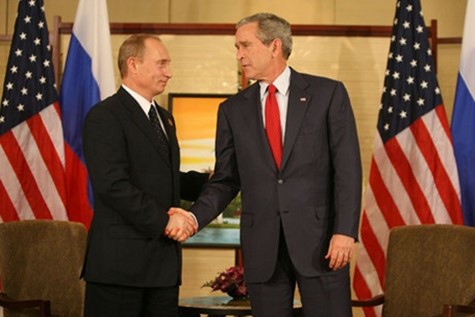
Sadly, another darker current within the US governing class was emerging with the incoming Bush Administration which had a very different view of things.
This group not only carried on the worst elements of the Clinton-Gore-Talbott Russia policy of the 1990s but added an obsessive militaristic drive for global supremacy with a Pax American flavor not seen in the previous regime.
Figures like Strobe Talbott’s assistant Victoria Nuland went on to find new employment as Dick Cheney’s assistant and soon US Ambassador to NATO where she oversaw the military bloc’s vast expansion from 16 to 24 nations by 2008.
Under Nuland’s lead, Georgia and Ukraine’s aspirations to join the alliance is welcomed officially by NATO.
Nuland also worked closely with the CIA front group National Endowment for Democracy and George Soros in setting the stage for a new era of regime change operations in the form of color revolutions in Georgia (2003), Ukraine (2004) and scorched earth humanitarian bombing of nations back to the stone age across the Middle East in the wake of 9/11.
Nuland’s husband Robert Kagan was an early co-founder of the Project for a New American Century- a neoconservative think tank which produced such dystopic policy visions for the 21st century as the September 2000 Rebuilding America’s Defenses which saw both Russia and China, not as potential allies, but as intrinsic enemies to be destroyed if the planned global hegemony of the USA was to be ensured.
In total opposition to the positive spirit of win-win cooperation envisioned by Representative Curt Weldon and company, the unipolarist networks outlined in the PNAC RAD document envisioned a much more dystopic world order of Hobbesian struggle of each against all when they envisioned the wars of the future saying:
“Although it may take several decades for the process of transformation to unfold… “combat” likely will take place in new dimensions: in space, “cyber-space,” and perhaps the world of microbes. Air warfare may no longer be fought by pilots manning tactical fighter aircraft sweeping the skies of opposing fighters, but a regime dominated by long-range, stealthy unmanned craft… Space itself will become a theater of war, as nations gain access to space capabilities and come to rely on them; further, the distinction between military and commercial space systems – combatants and noncombatants – will become blurred. Information systems will become an important focus of attack, particularly for U.S. enemies seeking to short-circuit sophisticated American forces. And advanced forms of biological warfare that can “target” specific genotypes may transform biological warfare from the realm of terror to a politically useful tool.”
The thinking of grand strategist Zbigniew Brzezinski was visceral in the pulse of ideologues like Kagan, Nuland and other neocons like Paul Wolfowitz, Richard Perle, John Bolton, Donald Rumsfeld and Dick Cheney who ran the malleable Bush Jr presidency.
It was former National Security Advisor Brzezinski who outlined the needed carving up of Russia in his 1997 Grand Chessboard under Washington diktat could also be smelled across the pages of the PNAC white papers.
In his 1997 book, Brzezinski wrote:
“Potentially, the most dangerous scenario would be a grand coalition of China, Russia, and perhaps Iran, an ‘anti-hegemonic’ coalition united not by ideology but by complementary grievances.”
Brzezinski added: “How the United States both manipulates and accommodates the principal geostrategic players on the Eurasian chessboard and how it manages Eurasia’s key geopolitical pivots will be critical to the longevity and stability of America’s global primacy.”
Unfortunately for the world, the policy doctrine which was adopted by George Bush was not that of the better American patriots surrounding Curt Weldon, but rather this hive of unipolarists who sought to do everything possible to ensure that the world would remain as divided and suppressed as possible while a new Pax Americana could consolidate its possessions under a program of Full Spectrum Dominance.
It was this group that ensured the USA would soon quit the Anti Ballistic Missile Treaty which Bush announced in December 13, 2001.
The 1972 ABM Treaty had ensured that both Russian and American militaries cease deploying, testing and developing sea, air, space and mobile land based anti-missile systems for intercepting strategic ballistic missiles.
The USA’s withdrawal from this treaty made the increased danger of the ballistic missile shield built up around Russia (and China’s) perimeters an unbearable existential threat, and a new arms race between offensive and defensive systems was launched.
A day after the USA officially left the ABM Treaty, Russia announced its withdrawal from the START II Treaty which would have not only banned the use of multiple warheads on ICBMS but also vastly reduced the total number of warheads.
It wasn’t long before President Putin called out this threat during his famous 2007 Munich Security speech which laid out not only Russia’s understanding of the true intentions underlying the offensive properties of the Ballistic Missile systems built up across her borders, but also set firm red lines regarding NATO’s continued encroachment on Russia.
2016-2020: The Third attempt at an age of multipolar cooperation is subverted
Between 2007-2016 the western unipolarists had doubled down on Full Spectrum Dominance despite the fact that the contours of world politics had drastically changed with the new Russian-Chinese alliance that had become a bedrock of the success of Eurasian integration.
Other nations had been swept into hell under a western-manipulated Arab Spring followed by the 2011 humanitarian bombing of Libya and the targeting of Syria for similar “nation building” treatment.
In the Pacific, the Clinton-Obama Asia Pivot had accelerated US military commitment across China’s perimeter with THAAD Missiles in South Korea and 100,000 troops spread across western-manipulated Asian governments.
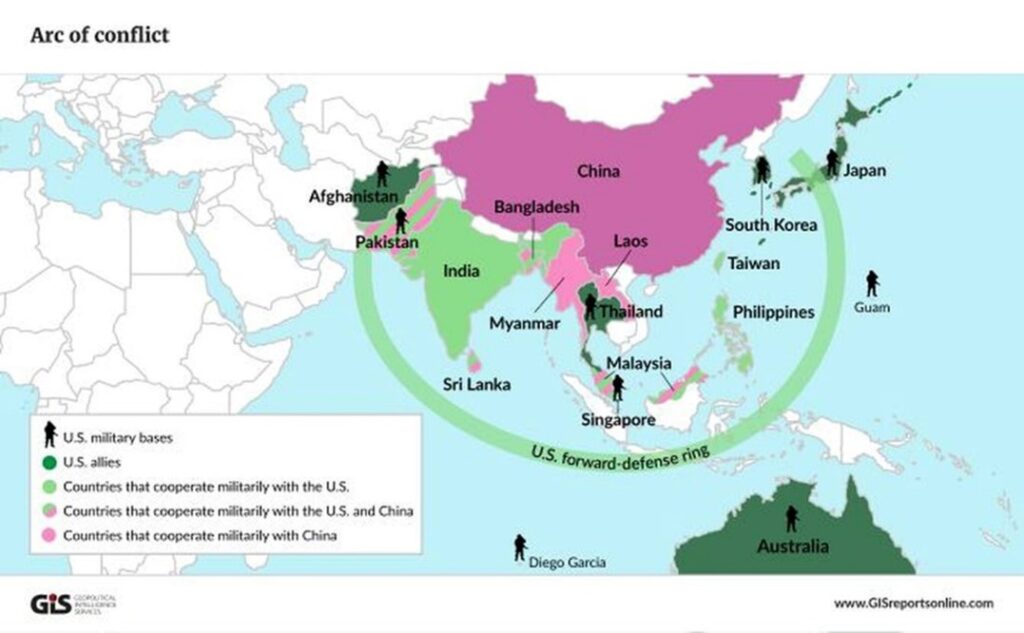
Under Biden and Victoria Nuland’s lead, Ukraine was lit on fire as a pro-Russian government of Viktor Yanukovych was overturned in a 2nd color revolution and a regime chosen by the US State Department was installed in power.
Amidst this world of darkness, a light was beginning to shine as China announced the Belt and Road Initiative as its new foreign policy in October 2013, which soon began merging with Russia’s Eurasian Economic Union.
In 2015, Russia was sufficiently strong to launch into a new foreign policy doctrine in Syria which prevented another regime change project from lighting the heartland on fire.
By 2016, things were looking bleak for the world as all public opinion polls in America were forecasting certain victory for Hillary Clinton as the 45th President of the United States.
But something changed.
The upset victory of Donald Trump did more than merely derail the continuation of neocon agenda which had found a new home in the worst elements of the Democratic Party of Obama and Clinton, but a new potential for rebuilding US-Russian relations was beginning to be felt as the new president called for good relations with Russia and China while also pushing for ending the “never ending wars” and re-calibrating American military activity in Syria with the Russians.
Throughout the 2016-2020 presidency of Trump, a full assault was launched to undo the vote of the majority of American citizens through gaslighting, “Russiagate” propaganda, and vast media witchhunts which attempted to paint Trump as “a Kremlin stooge”.
Despite this, Trump was able to fend off impeachment attempts, and managed a variety of reforms that entailed cutting NED funding in Ukraine, Hong Kong and beyond, severing vital components of the CIA from conventional military operations, harmonized US miliary operations with Russia in Syria, and drove a vast program of diplomatic bridge building across the middle east with the Abraham Accords, and in Asia where Trump brokered meetings with South and North Korean leaders. This bridge building was most important in regards to the leadership of Russia and China.
It was in April 2019, that President Trump appeared at the White House alongside Chinese Vice Premier Liu He and said:
“Between Russia, China and us, we’re all making hundreds of billions of dollars’ worth of weapons, including nuclear, which is ridiculous. I think it’s much better if we all got together and didn’t make these weapons those three countries I think can come together and stop the spending and spend on things that are more productive toward long-term peace.”
Although deep state operations active within the US State Department worked tirelessly to sabotage these positive initiatives, and although neo con swamp creatures like John Bolton, and Mike Pompeo continued to surround Trump’s inner circle like vipers, it would be foolish to ignore these positive, albeit short lived initiatives to revive the missed chances of 1990 and 2000.
Will “The Other America” Please Stand Up?
Two years after the installation of Biden into the White House, the world has slid once again towards an existential cliff of confrontation not only with Russia over the events in Ukraine but increasingly China with the build up of a new NATO-of the Pacific which some have come to dub the “Quad”.
Where a post-NED color revolution Ukraine was used as a flashpoint for this antagonistic program against Russia, a post-NED color revolution in Taiwan (under the 2014 Sunflower Revolution) was used to turn this Pacific island province of China into a new potential flashpoint of war in the Pacific.
With 140+ countries joining onto the Belt and Road Initiative, and an increasing list of nations waiting to join the BRICS+ and Shanghai Cooperation Alliance, it is becoming increasingly clear that the nightmare of Zbigniew Brzezinski of a Russia-China-Iran led new Eurasian Alliance is threatening to forever upset the unipolar paradigm.
President Putin made such a point clear in a recent speech calling out the end of the unipolar system
The American population know that they do not benefit from the proxy war in Ukraine, and according to recent polls, the situation of Ukraine doesn’t even make the top 10 concerns for most Americans who care more for increased gas, food and rent prices over the geopolitical ambitions of detached neocons.
Additionally, polls by Rasmussen demonstrate that nearly 70% of Americans strongly believe America to be heading down the wrong track and approval of both the president and congress has hit historic lows.
The previous three attempts to overthrow the unipolarist ideologues and establish a sustainable foundation of US-Russian cooperation were made possible not only through well positioned politicians but a network of well organized, informed and engaged American citizens who understood how to think about the direction their nation was headed.
If today’s world is to avoid the consequence of the insane policies of Global NATO which can lead only towards thermonuclear war, then it will be thanks to the important factor of this “other America” whose time, energy and sacrifice may make all the difference between a new dark age or new age of cooperation.
The Ukraine Conflict — A Primer

Tex-Mex Enchiladas 2

Ingredients
- 1 tablespoon shortening
- 1 1/2 tablespoons flour
- 1 tablespoon red chili powder (or more)
- 1 1/2 cups warm water
- 1 tablespoon vegetable oil
- 6 corn tortillas
- 1 onion, chopped
- 2 cups grated Longhorn cheese
Instructions
- Melt shortening in a heavy skillet. Stir in flour and make a roux.
- Add chili powder and water; stir and cook until the gravy is thick. Keep warm while preparing the tortillas.
- Heat oven to 450 degrees F. Lightly grease an ovenproof casserole dish.
- Heat oil in a skillet and lightly fry each tortilla for about 5 seconds on each side. Do not overcook or they will get rubbery. Drain on paper towels.
- Dip each tortilla into the gravy, put some of the onion and cheese on the tortilla, roll it up, and place it, seam side down, in a casserole dish.
- Repeat until all 6 tortillas have been rolled.
- Pour the chili gravy over the tortillas, top with more cheese, and bake for about 10 minutes.
Yield: 2 servings
Oh SH*T, something big is happening with mandates, lawyers nervous
To The Vanishing Point: The Obscure Broken Worlds Of Artist Sergey Kolesov

Sergey Kolesov aka Peleng is from the city of Ivanovo, Russia. He uses the fantasy style creating his pictures. Basically he draws kind of horror pictures, a bit scary, but cool and rather dramatic… well, some of them are more scary, than cool.
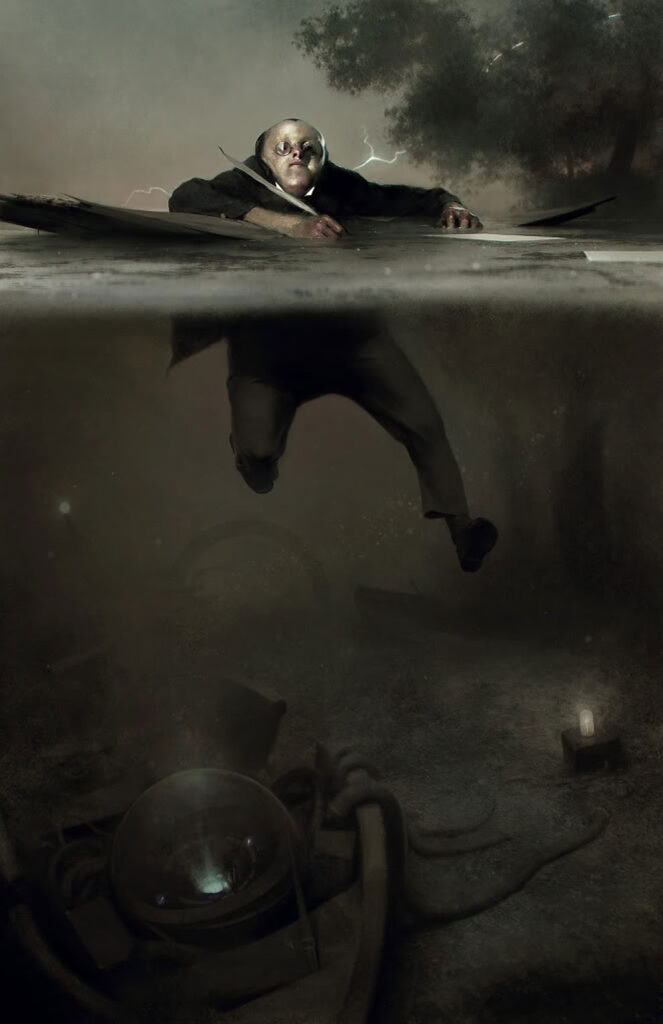
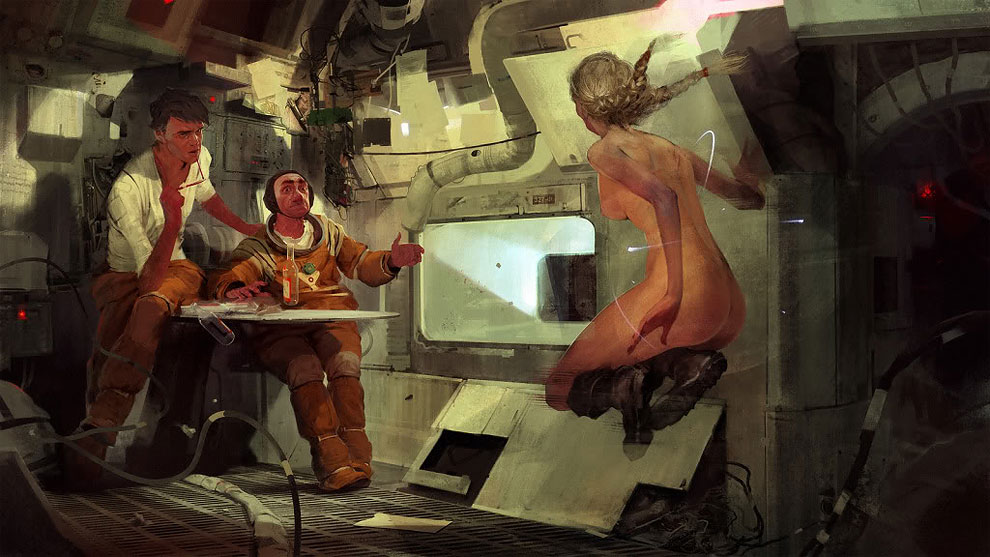
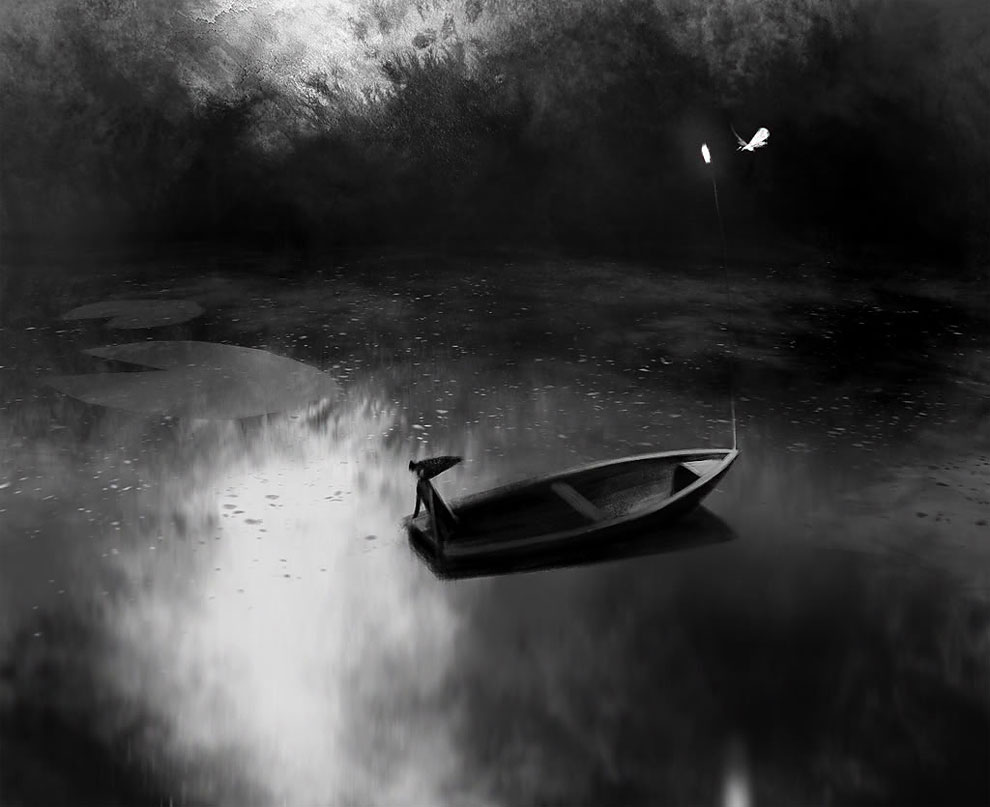

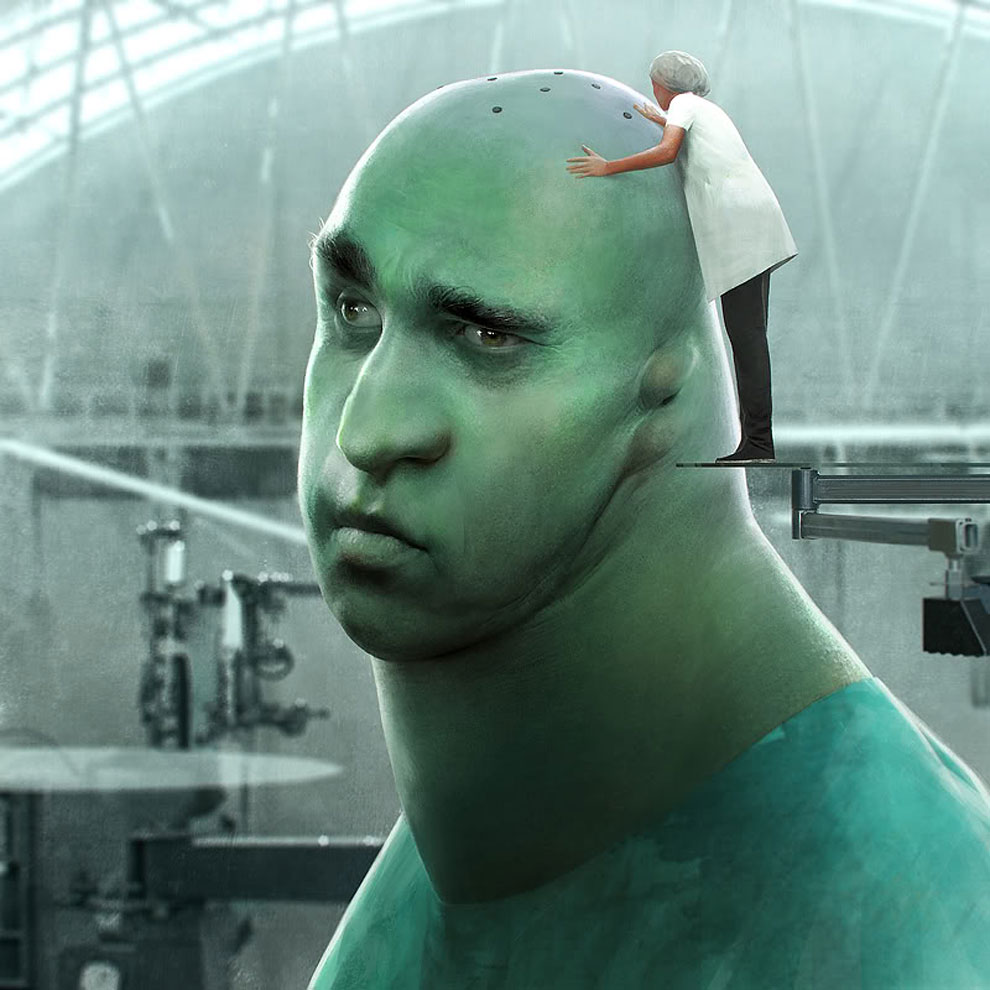
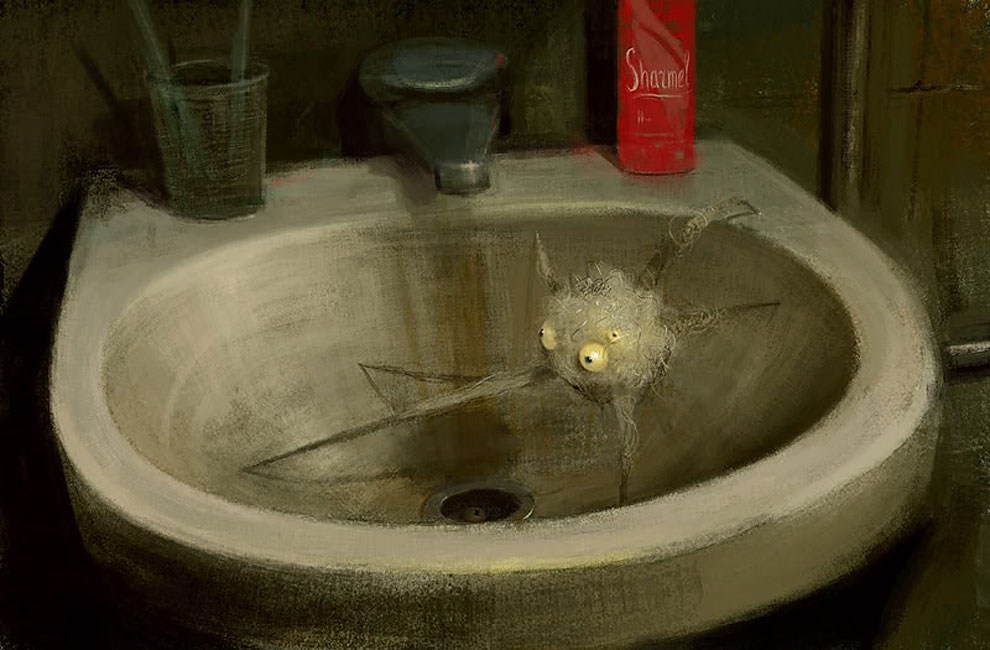
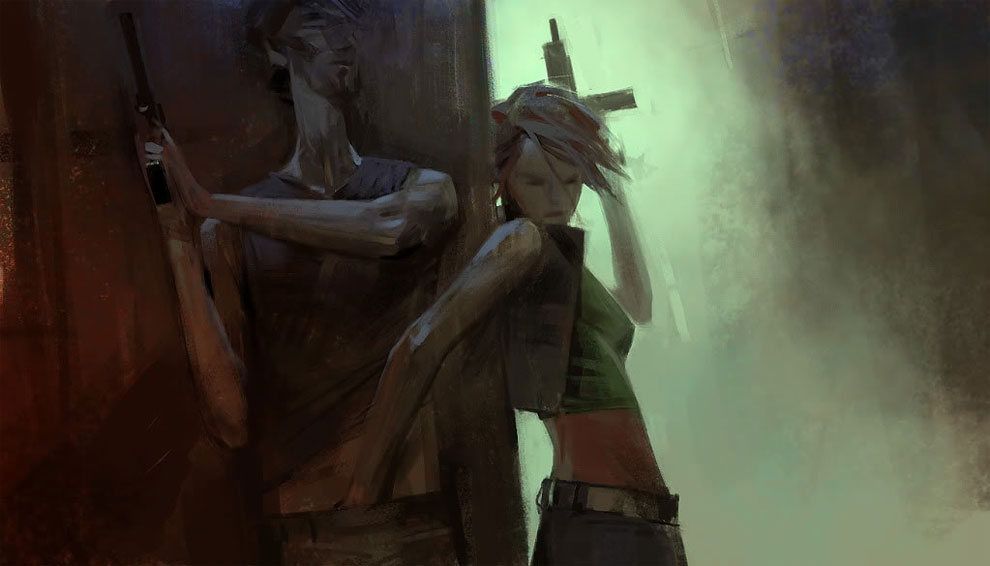

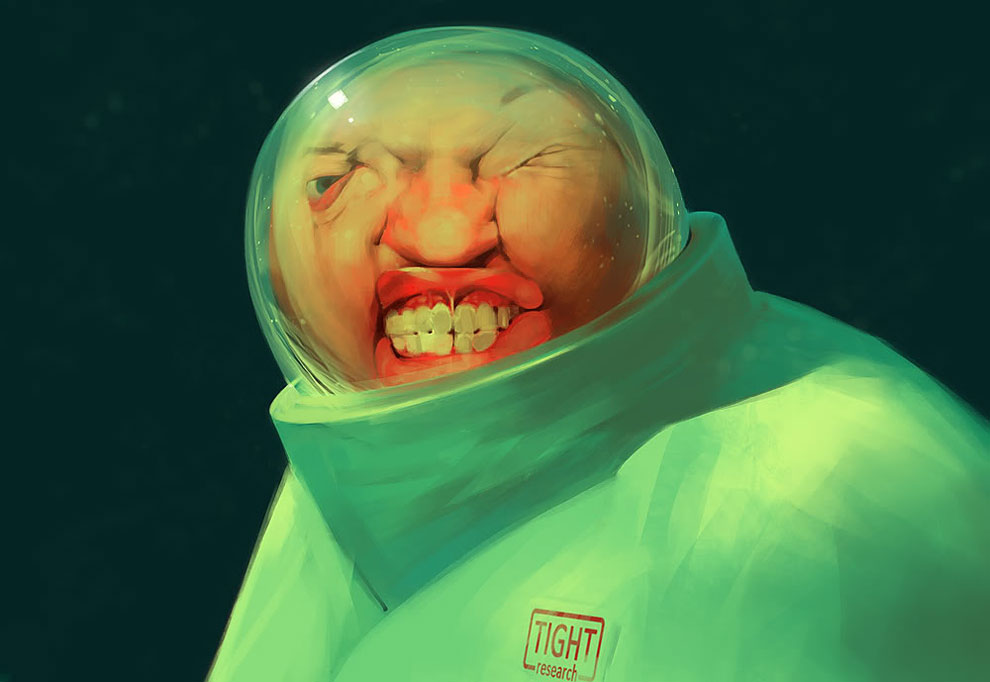
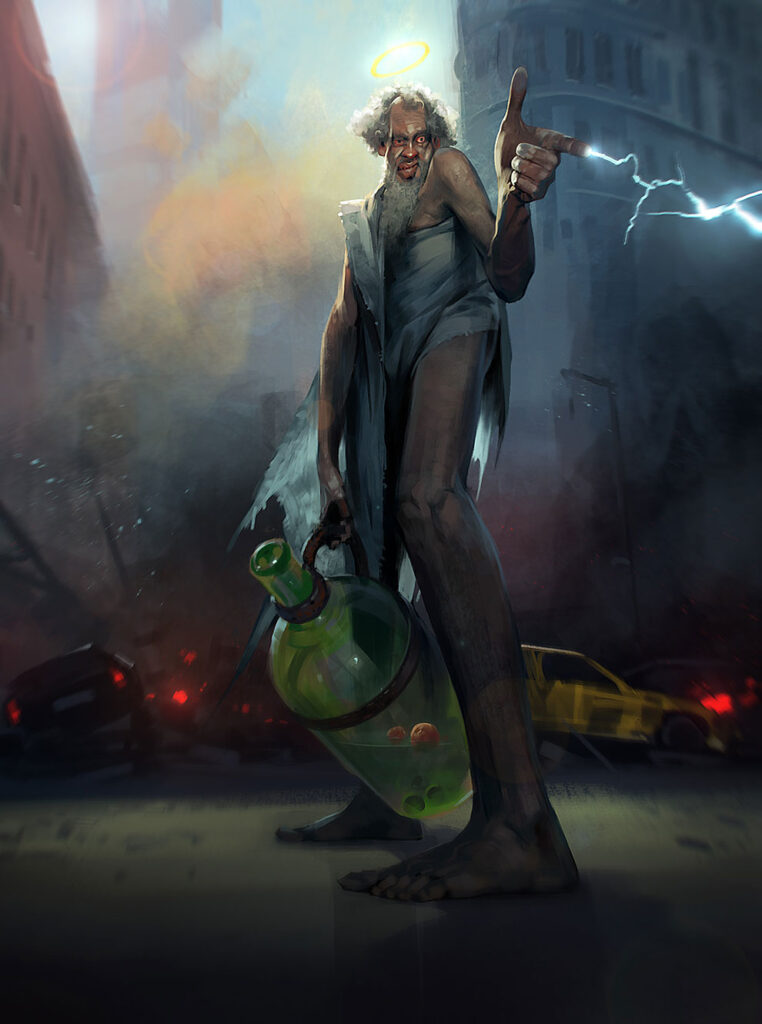

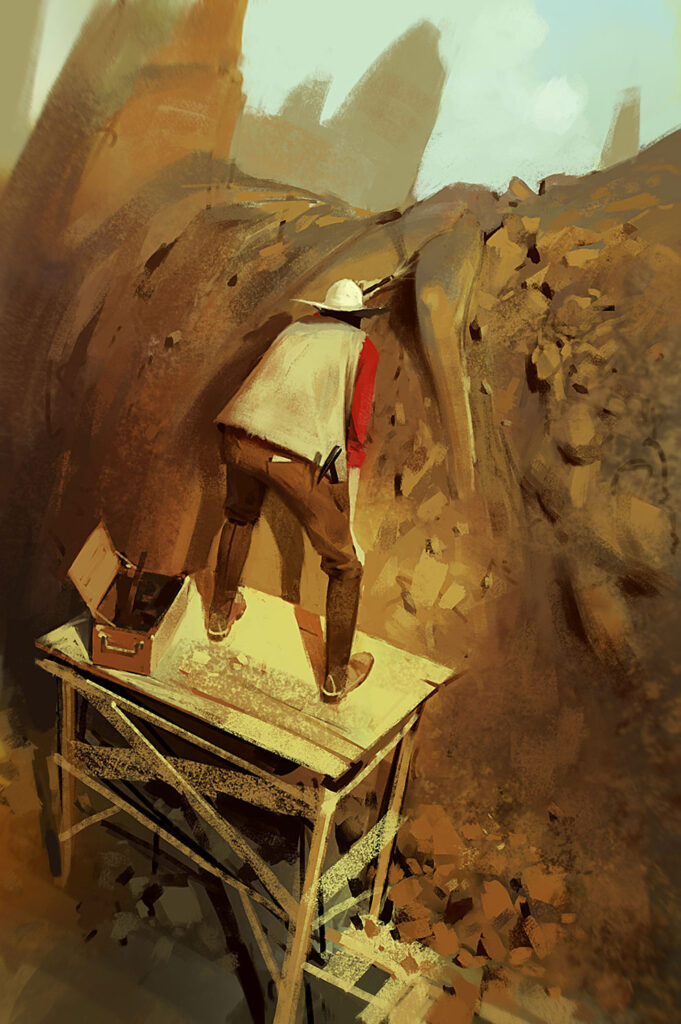
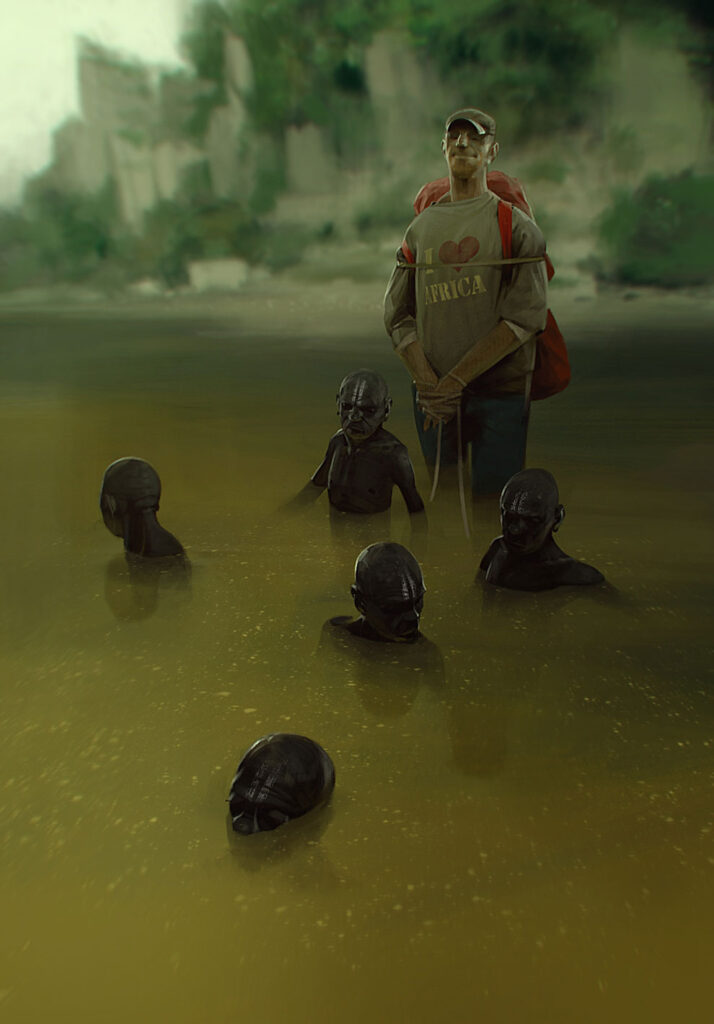

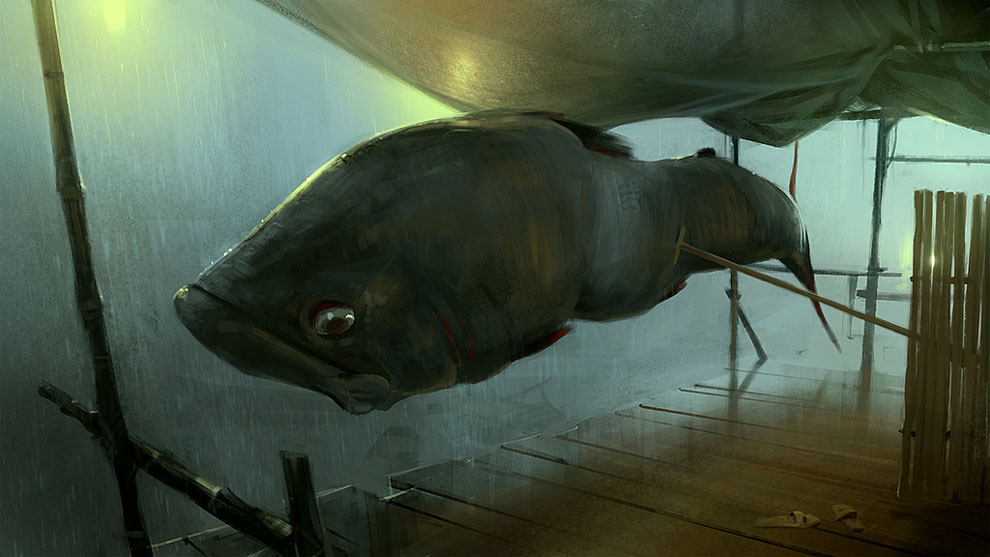
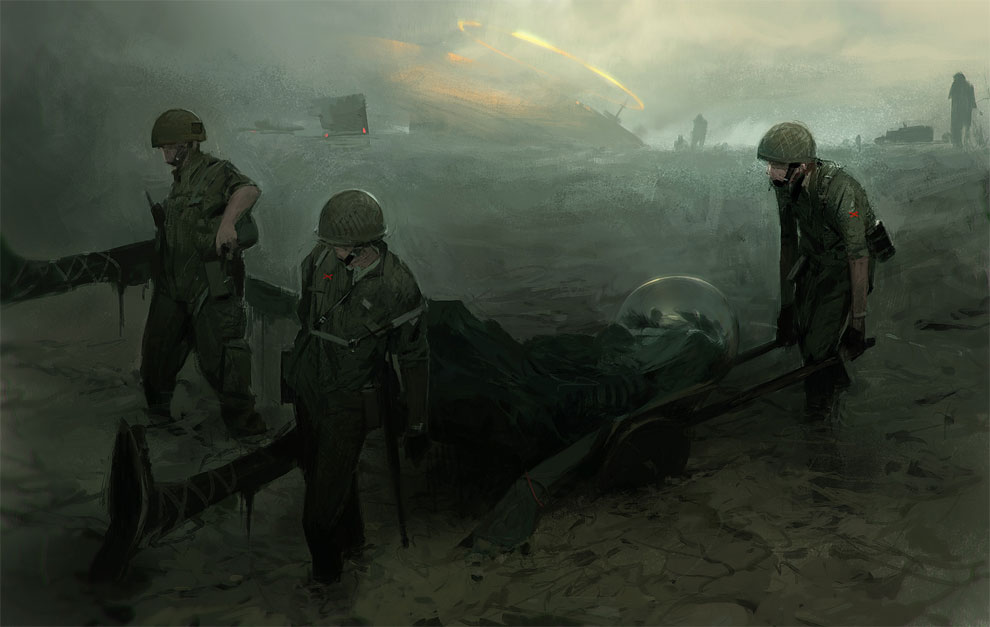
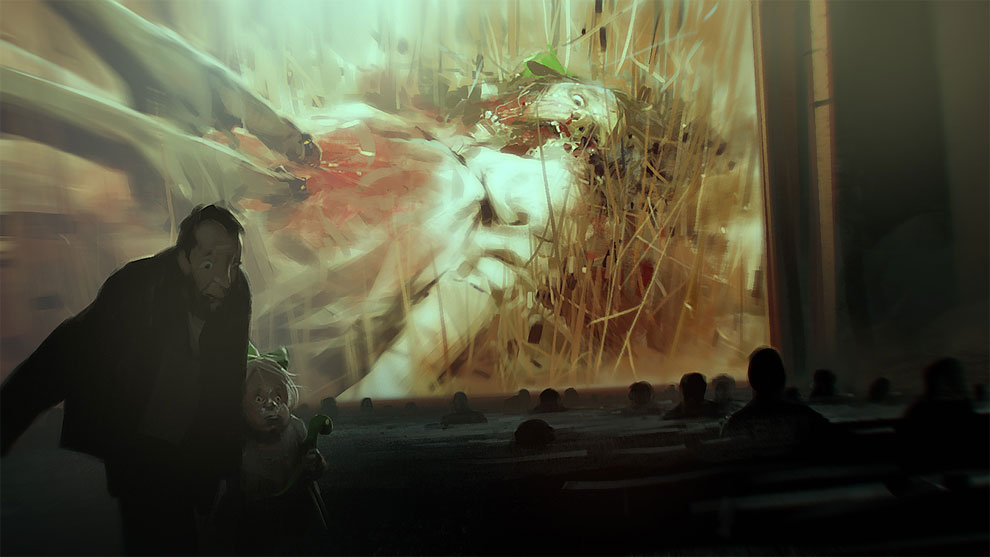
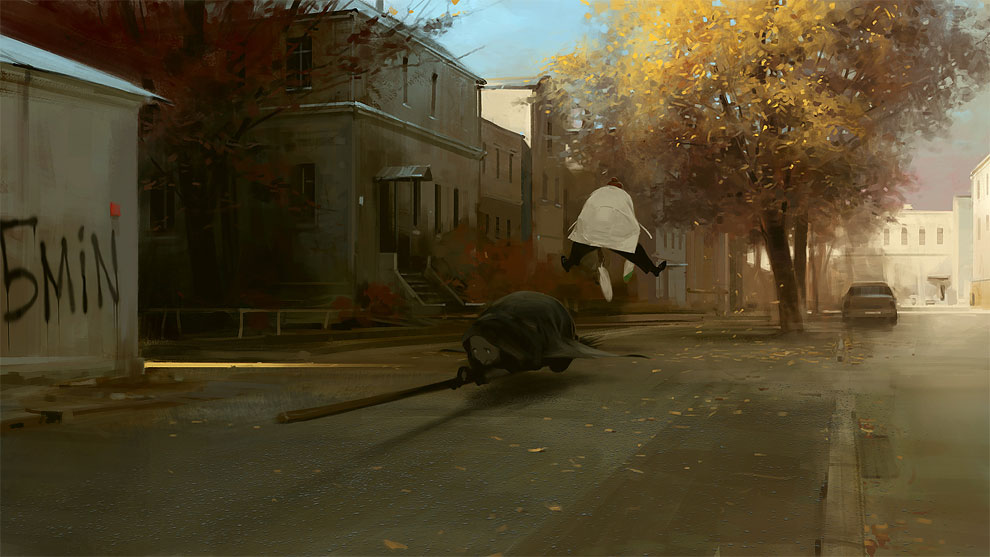

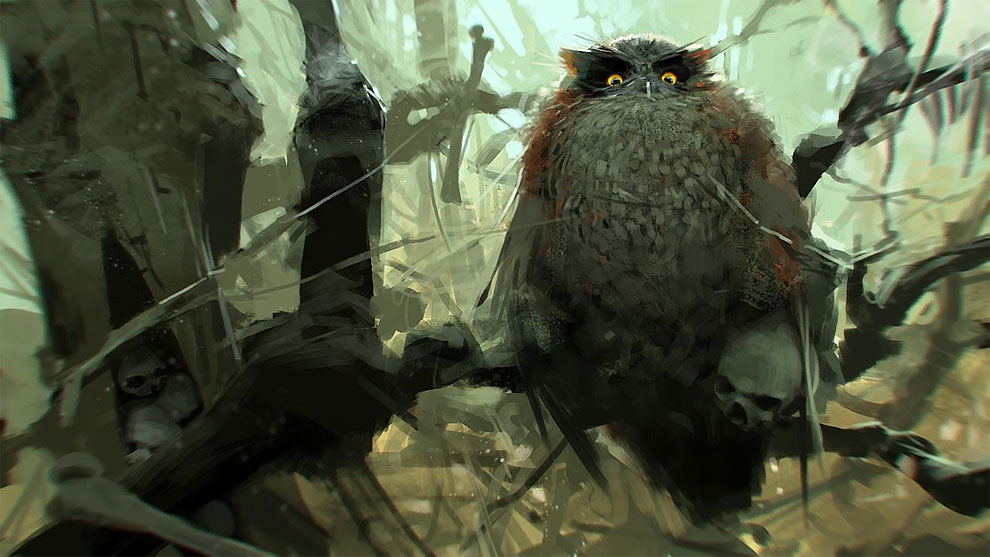

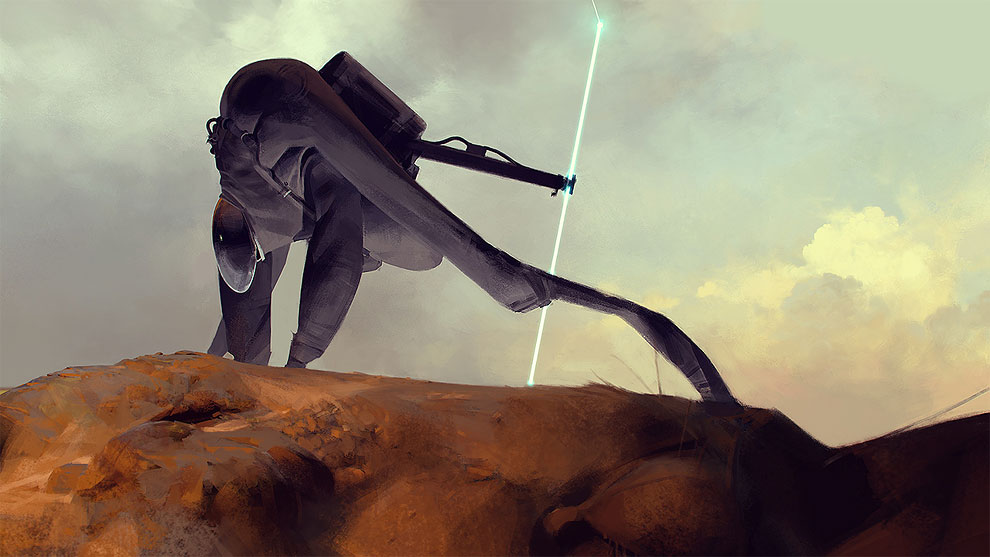
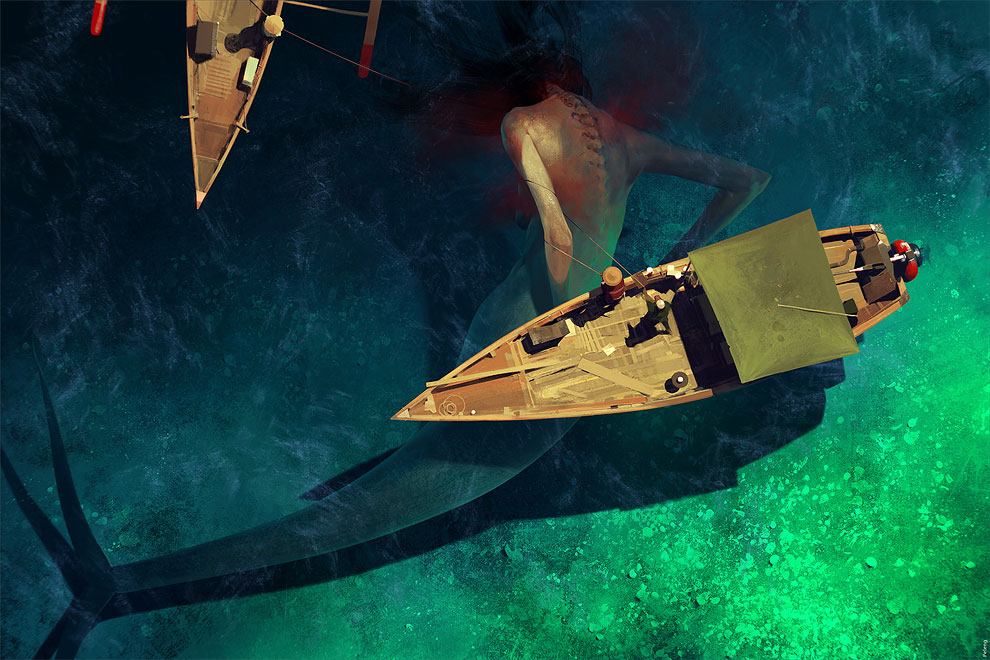
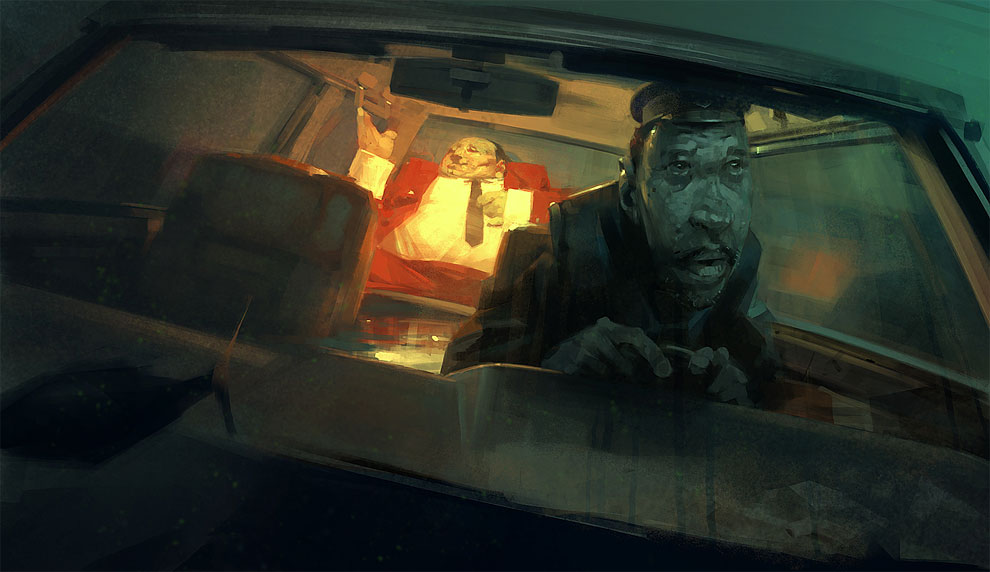

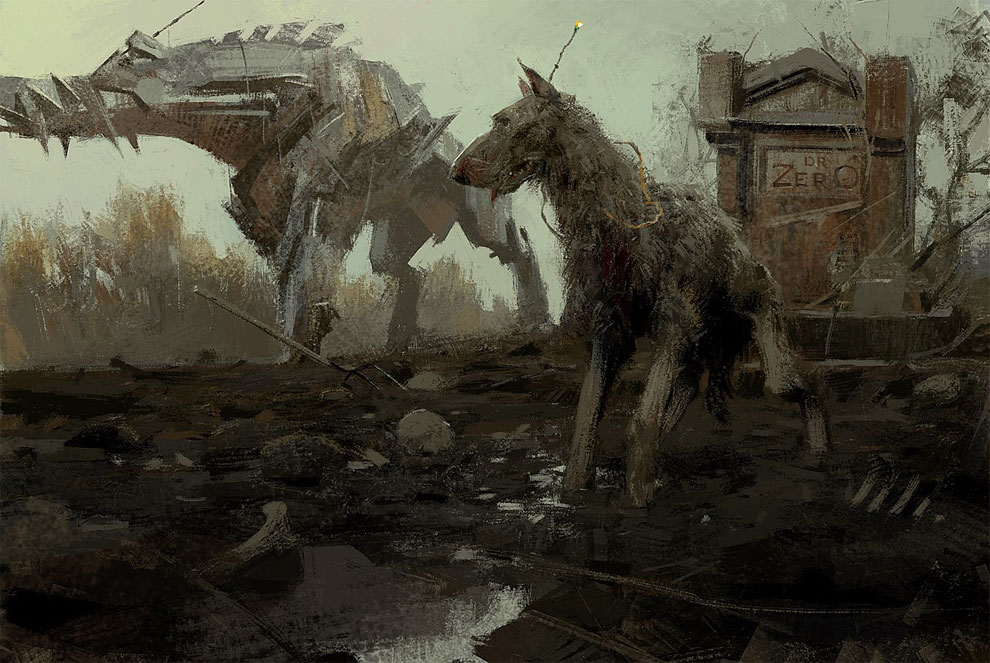
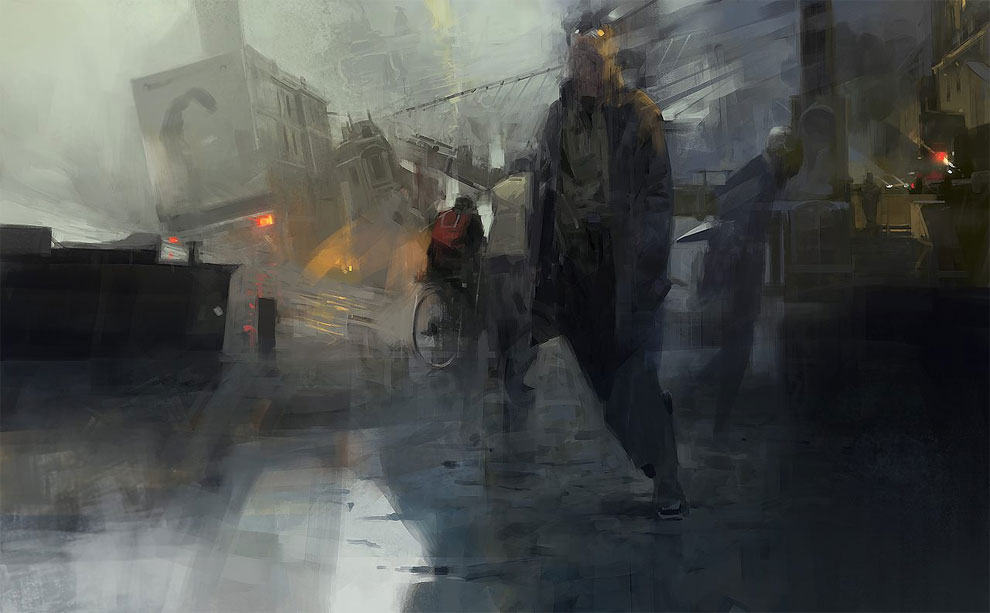

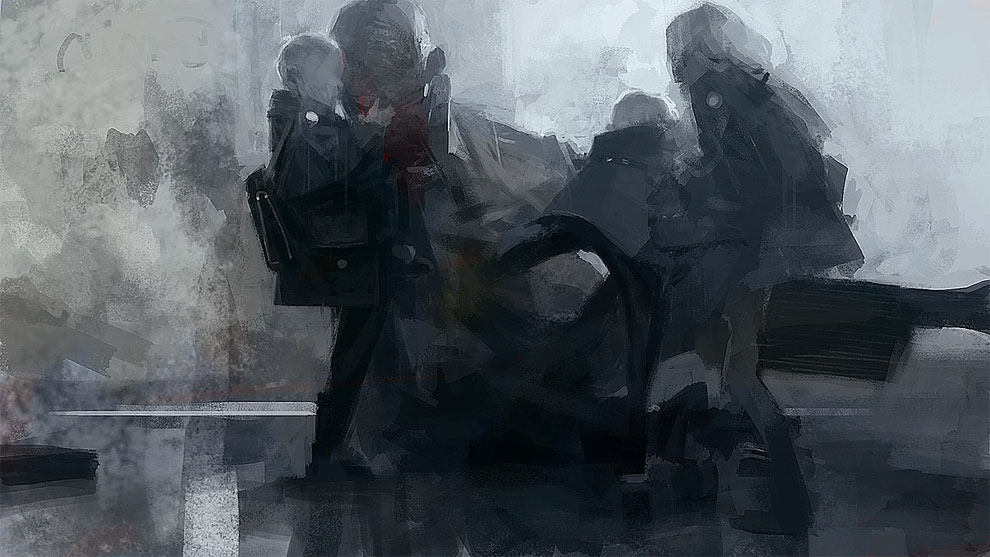



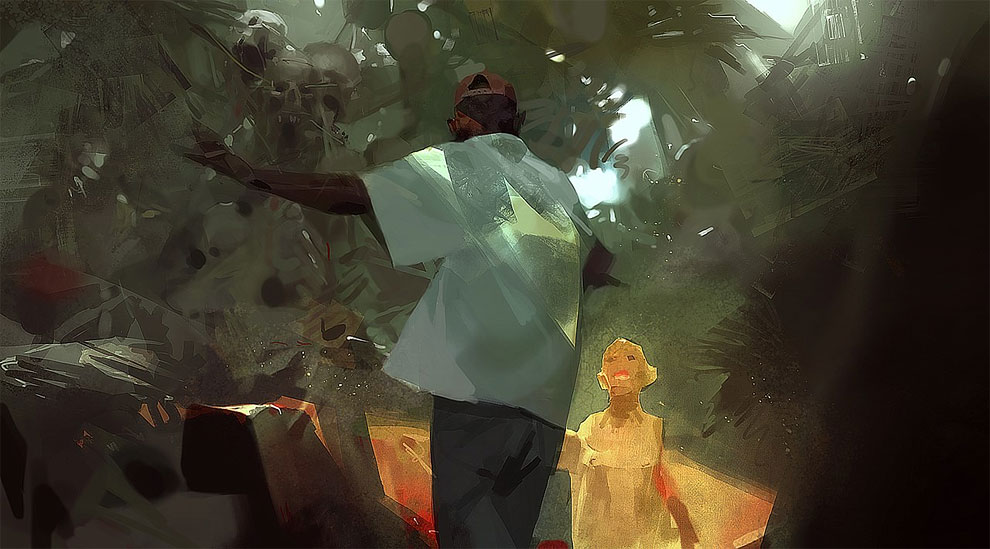
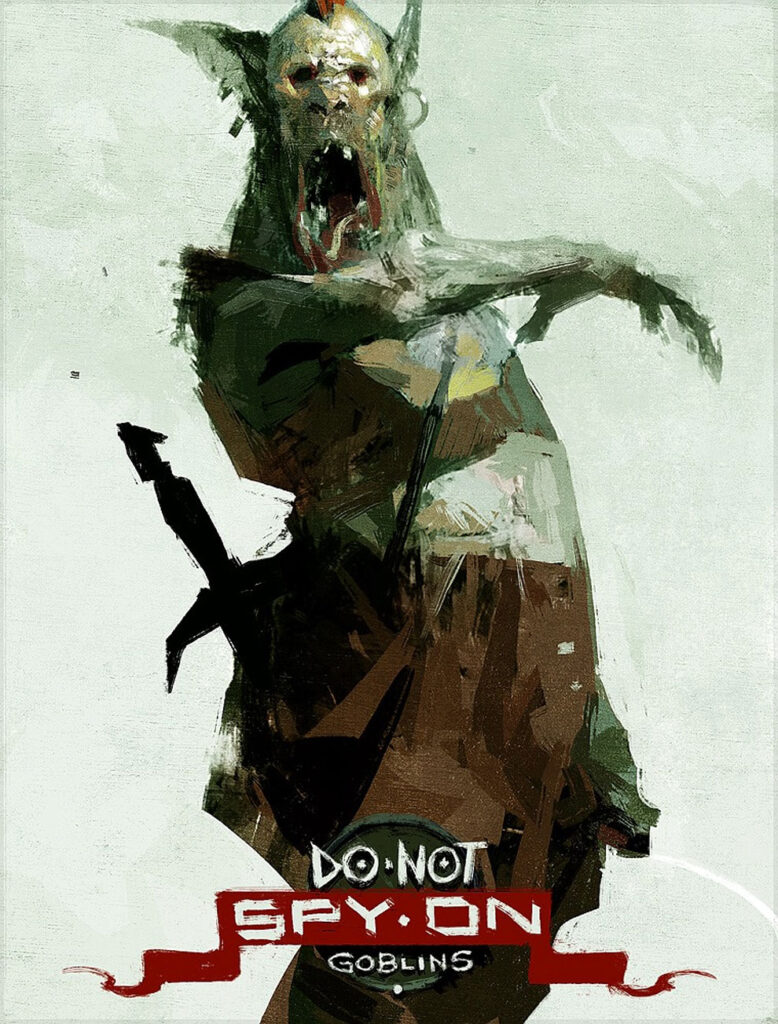
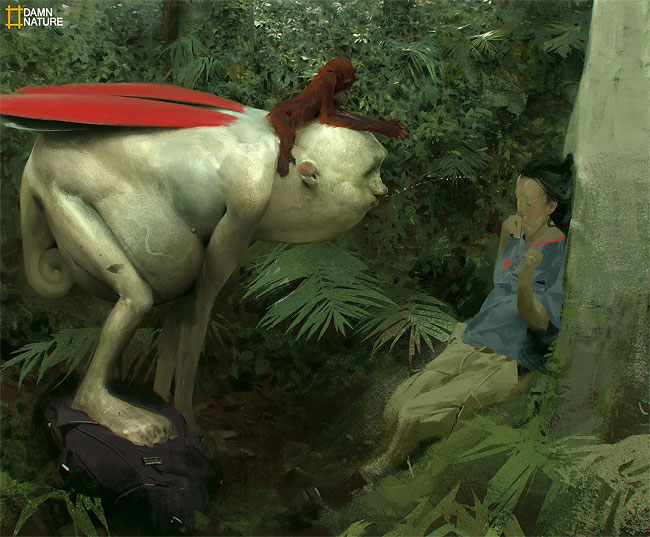
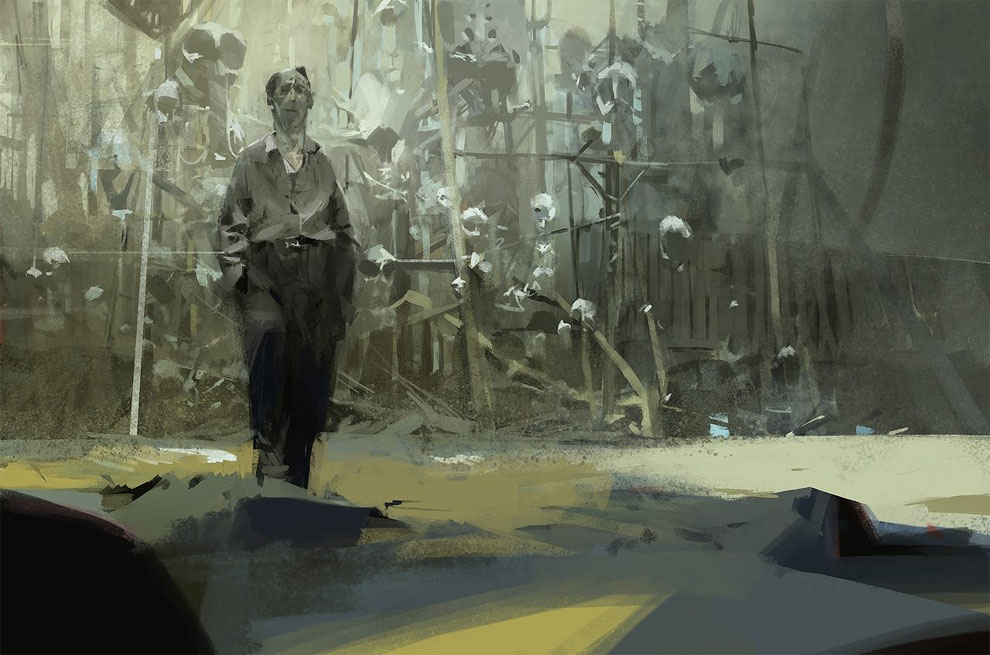


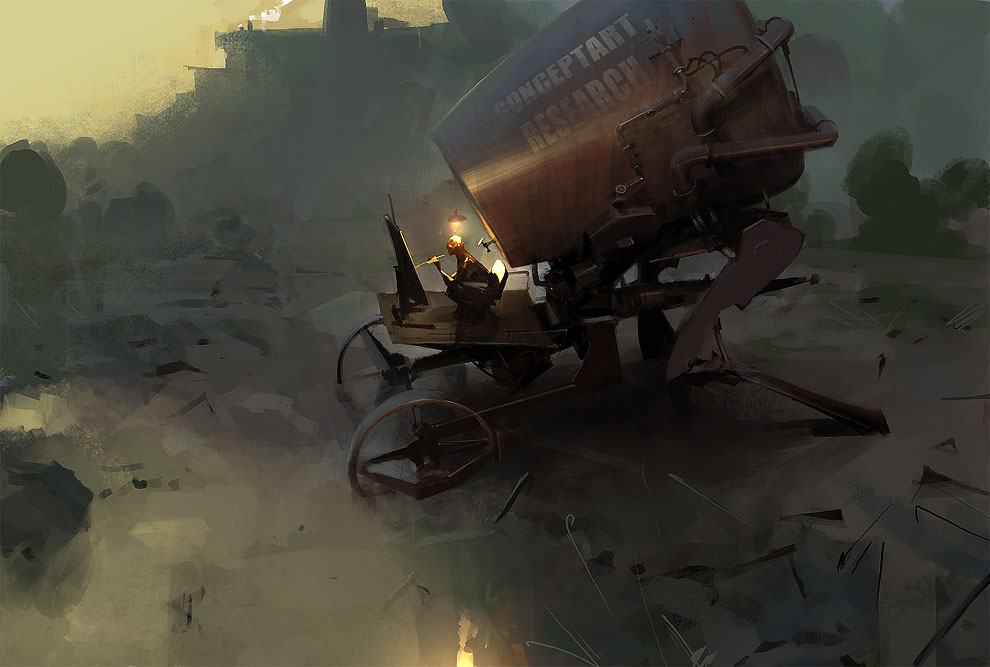

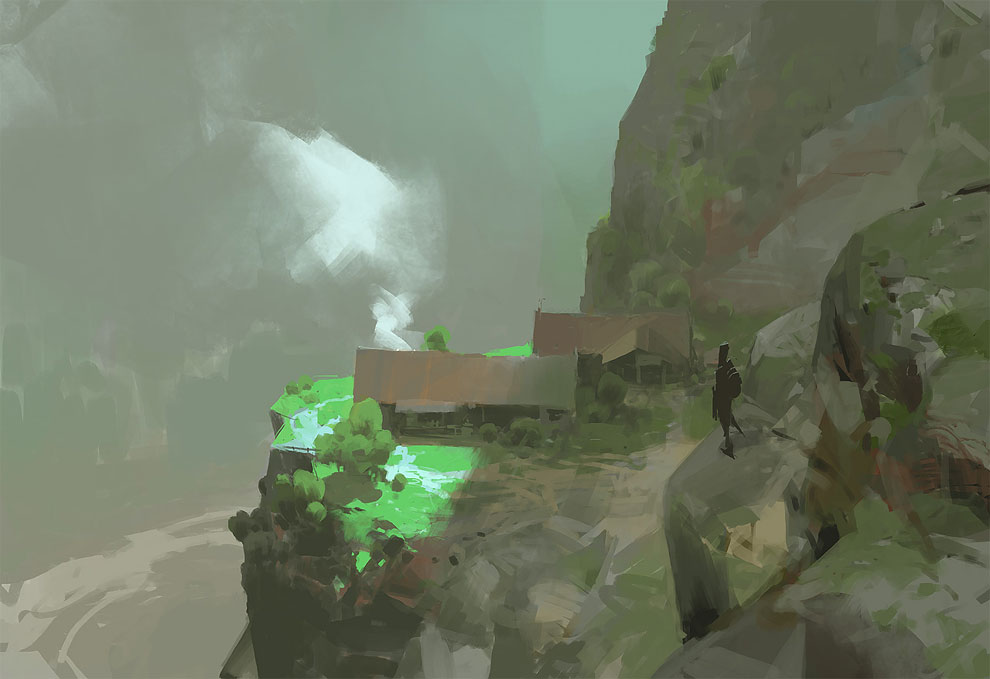

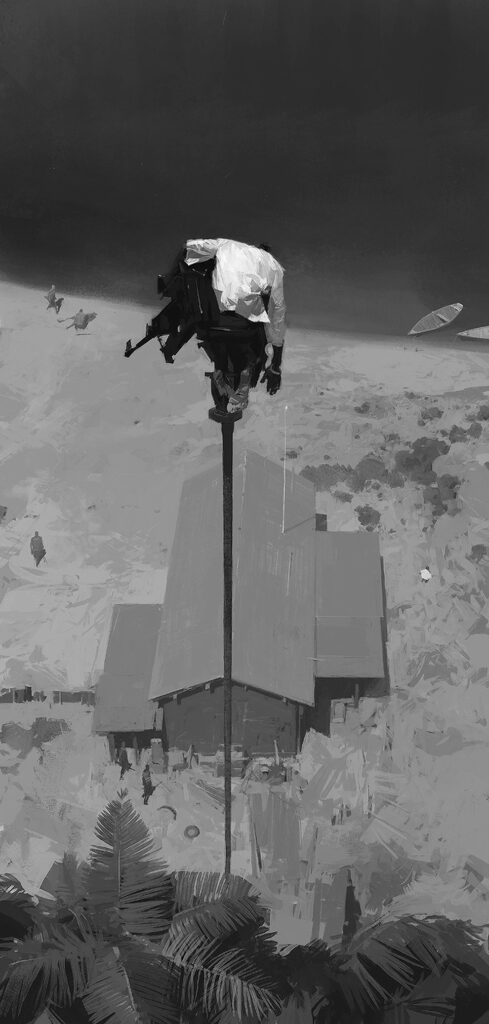

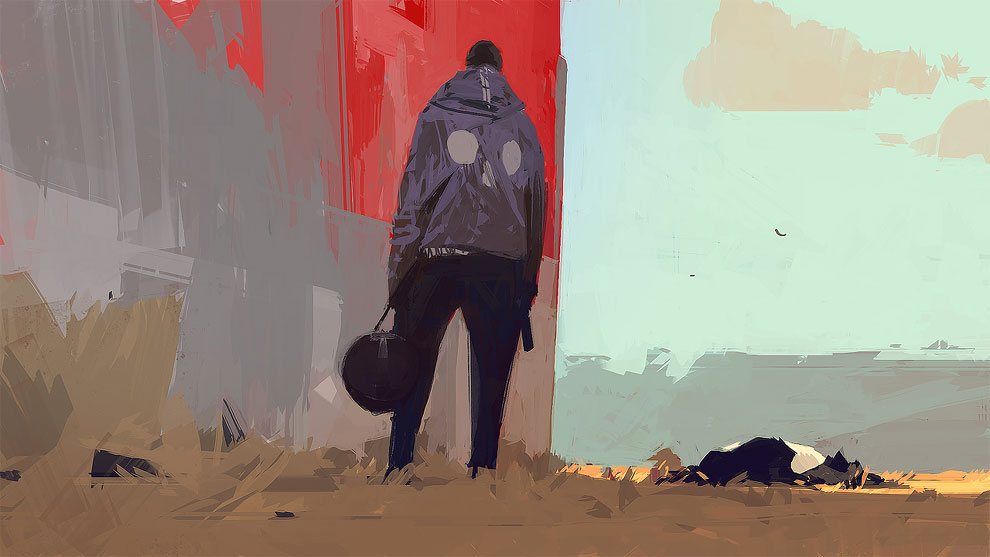
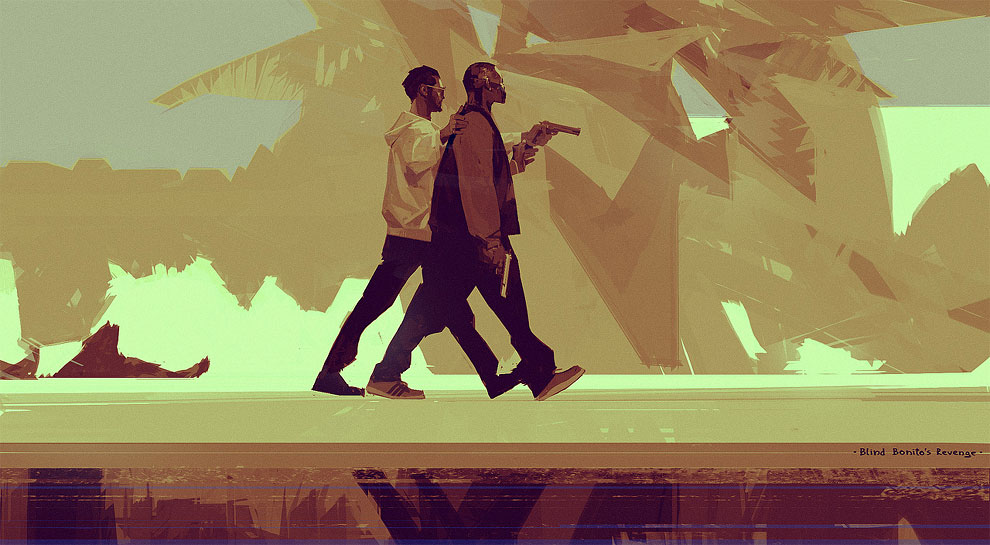
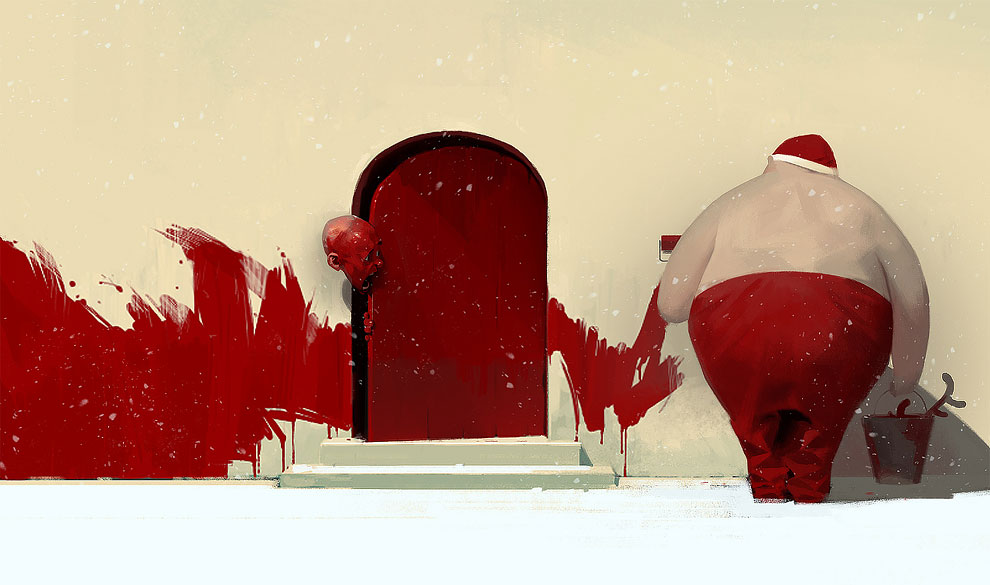

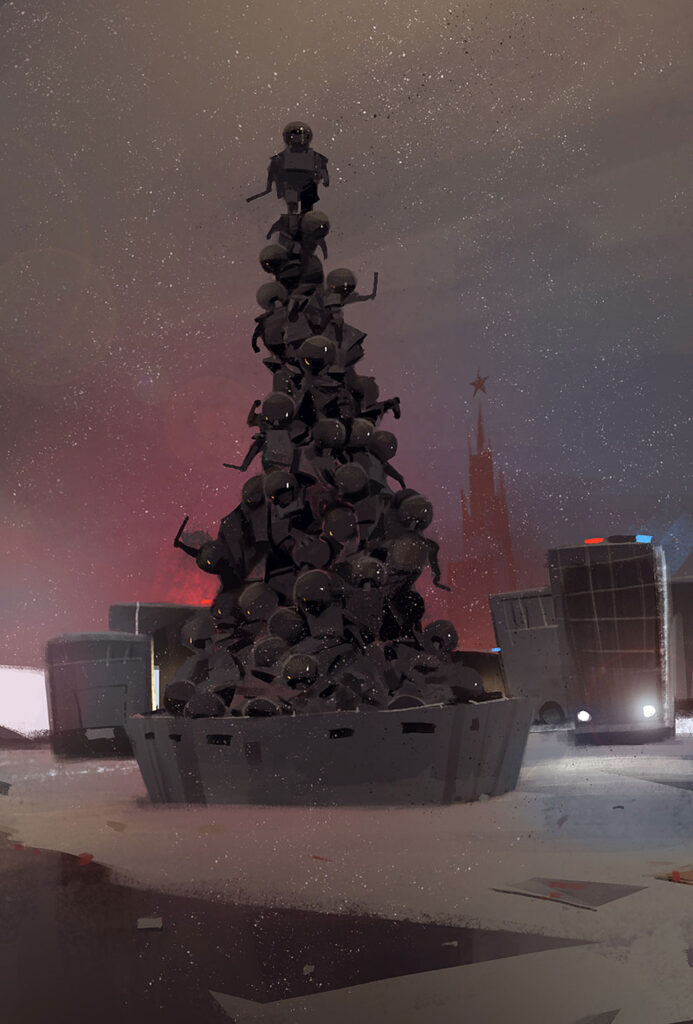
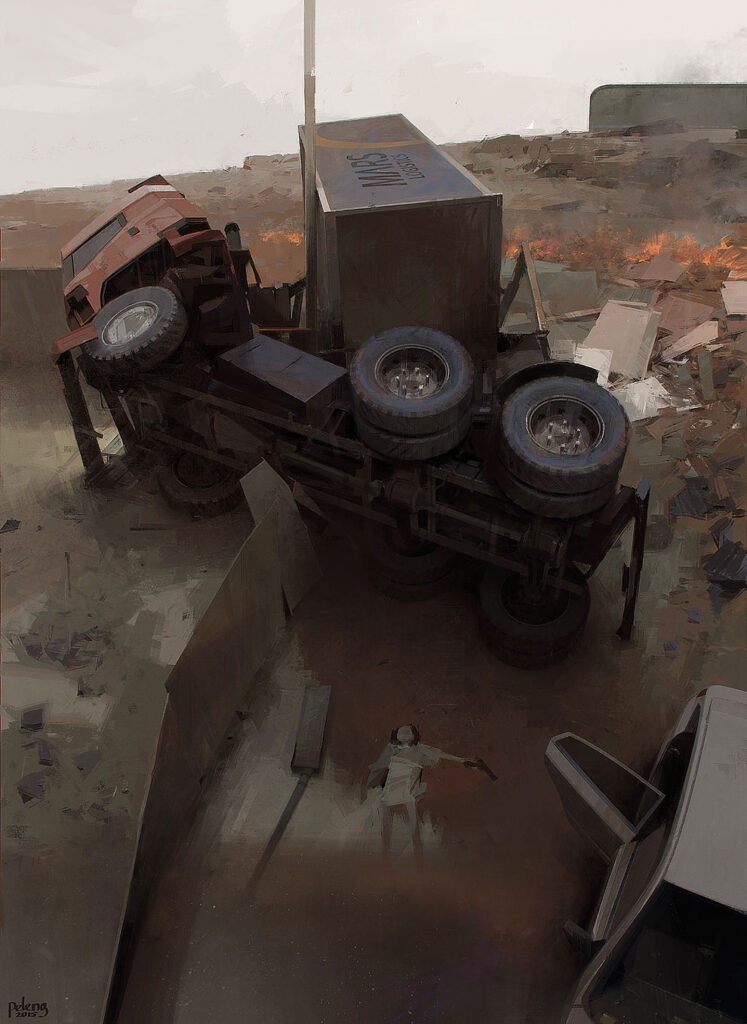
Scientist Dies and Comes Back Changed Forever – Near Death Experience
Very interesting.
Tex-Mex Chops
A very tasty and easy five-ingredient recipe for Tex-Mex Chops.

Ingredients
- 4 pork chops, pork steaks or stuffed pork chops
- 1 1/2 cups salsa, chunky style
- 1 (4 ounce) can diced green chiles
- 1/2 teaspoon ground cumin
- 1/4 cup shredded cheddar cheese
Instructions
- Heat oil in nonstick pan over medium-high heat. Brown chops on one side, about 2 minutes.
- Turn chops. Add salsa, chiles and cumin to skillet; mix well. Lower heat, cover and barely simmer for 6 minutes until internal temperature on a thermometer reads 145 degrees F.
- Uncover; top each chop with 1 tablespoon cheese. Cover and simmer an additional 1 to 2 minutes, until cheese melts.
- Allow to rest for 3 minutes before serving.
Servings: 4 | Prep: 5 min | Cook: 15 min
Dirty Dancing – Final Dance Scene
Advice From Cats On How To Survive The Holidays

The holidays can be quite stressful—between buying gifts, coping with family, attending various functions, and realizing that mixing Jagermeister and egg nog together to make “Jag Nog” was a bad idea, it can get a bit overwhelming. Fortunately, the felines behind You Need More Sleep: Advice from Cats are here to give you all the tips you need to enjoy a joyful, peaceful, and—most importantly—restful season.

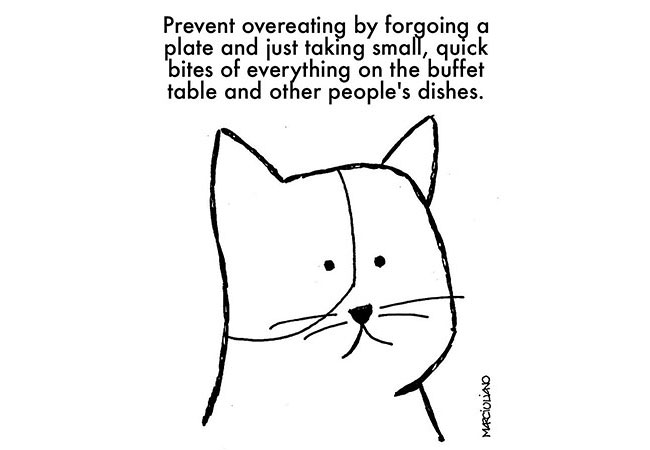



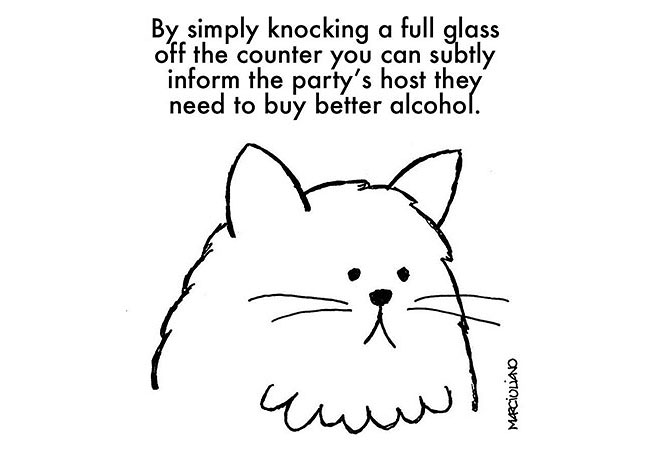
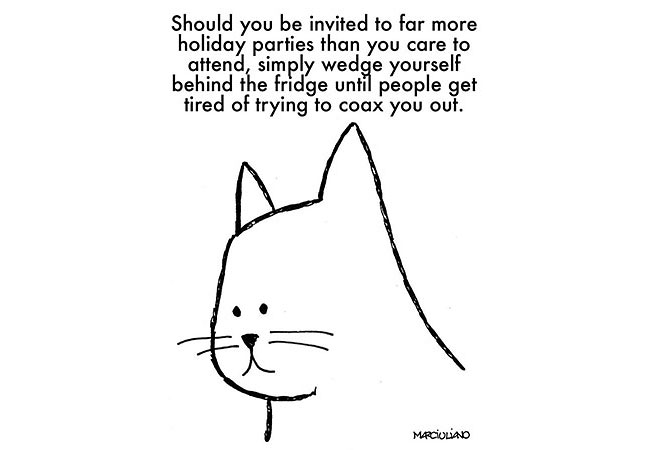






Spooky and surreal art today. Kinda fits the mood as of late.
It seems like the Cold War never really ended according to the first article.
Three attempts to broker peace and multipolarity, and the US denied it or threw Red Herrings like the Minsk agreement or the War on Terror to avoid surrendering their warmongering and seek true equality/justice/peace.
Intel Slava is proud to present a commentary piece by a friend of the channel. They are currently serving in a NATO military and wish to offer their opinion in the context of the increasing tensions we face in the world today.
____
Hello Intel Slava, I am an Armored officer of the French Army. I have been reading your page for some time to get a different view of the conflict in Ukraine. Thank you for what you do.
If I write to you today, it is to tell you exactly what it is like to be an officer in a Western European army in 2023.
In concrete terms, we are constantly being told about “high-intensity warfare” and “the return of modern warfare”. We, specifically, are told about the importance of our role as armored officers, because “tanks will play a major role against our enemies”. We are constantly being fed a pro-war arguments, very anti-Russian, very pro-NATO discourses (no surprise there). In other words, we are in an era like in 1872, when France had just lost against Germany, and the whole country was in propaganda mode to prepare the “revenge” (we call this “revanchisme” in France).
That’s kind of the feeling I get (even if I don’t really see the revenge we would have to take on the Russians, Lol).
But this bellicose speech is a facade, like a cat growling at a bear hoping to scare it. In reality our army is in tatters. We are unable to maintain our Leclerc tanks for example: only fifty of them are functional, a shame for “the first army in Europe”… A shame for an armored cavalry officer like me who is from ESM Saint Cyr and Saumur. It is not better in other sectors of the army, we have for example almost no more CAESAR (thanks Ukraine!). In other words, we have neither tanks nor guns.
The French like to make fun of China, which they say is a “paper tiger”. The paper tiger is us. Our army was unable to eliminate 500 terrorists in Africa, it would not last 2 days in a real modern war.
But the most ridiculous thing is what? It is that our army is wallowing in this mediocrity. Like an old man who contemplates his reflection in the mirror, dreaming of his past glory. I’m thinking of a specific episode that happened recently and that justified my writing to you: an evaluation for my officer class that we just passed consisted in “eating properly” and “knowing how to set a table in a noble way”, to respect the tradition of armored cavalry officers (supposed to be particularly noble)… Funny if it was just some tradition. Except no: it was decisive. Those who misaligned knives and forks got very bad marks, which would be reflected in their career and choice of regiment. The French army breaks the ambitions of young people who have been preparing for 6 years to lead tanks, for a story of forks…
This army is ridiculous, it is only a shadow of its former self. It disgusts all the sincere French patriots: most of my comrades consider leaving the army as soon as they can. For this reason in particular, because the army brings nothing. But also because they do not want, for some of them, to be the minions of NATO while they enlisted to serve France…
TL;DR: you don’t have to worry about Western European countries, our arrogance is theater.
I give you my greetings, take care of yourselves and let’s pray (whatever our obedience) that this conflict will stop and that Europe will find again a peaceful and multipolar balance.